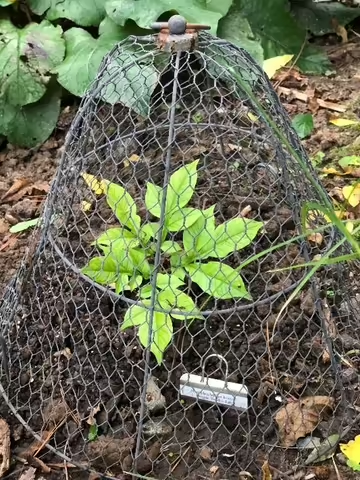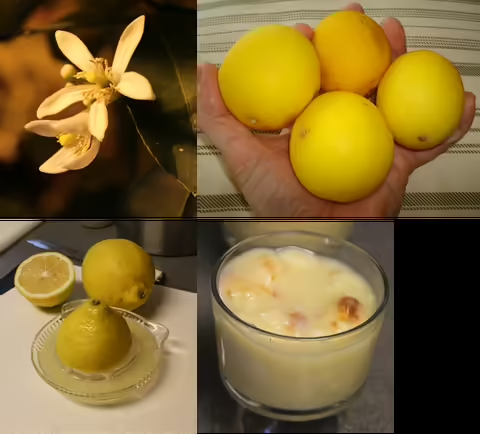Hard to believe it’s just four weeks out from the St Louis area’s first median frost date (~October 10), so prepping outdoor perennial container plants for over-wintering has moved higher up on my priority to-do list. Some are hardy perennials that I just planted in large containers with the intention transplanting them in the garden late summer, leaving enough time to become established before freezing temperatures arrive.
But most of my containerized plants are tender perennials that need to be brought inside to survive the winter. My garage rarely drops below 50°F so it works well for sub-tropical and tropical plants that don’t require chilling hours. I have already cleared space in preparation and set up lights, in my case high pressure sodium, which are on a timer and will run daily for approximately 12 hours once the plants are in place. So within the next week I will start moving all the containers closer to their storage site and start prepping them. I usually go over each container to remove dead leaves and other debris before pruning back to manage size or shape, plus a wipe down of the outside of the containers themselves, including removing any dirt, slugs or sow bugs on the bottom…while I’m looking for any stow-away toads, frogs or snakes. I like to apply insecticidal soap at least twice before moving them into the garage, one week apart, to limit any scale, mites or aphids. I also add a yellow sticky trap attached to a card holder floral pick in just a few containers once moved inside to catch any annoying white flies.
I find a number of plants like blood lilies (Scadoxus sp.) and pineapple lilies (Eucomis sp.) go winter dormant and only require the bare minimal watering once foliage dies back. Containerized elephant ears are even easier to over-winter because once the plant has been exposed to a few light frosts, the wilted foliage can be cut back fairly close to the dug bulb, which can then be stored in a dry, cool and fairly dark location until safe to plant the following spring. I usually lay mine out in the garage until the neck has dried, then place them in a brown paper bag to further block light. Succulents and cacti require minimal watering over winter, so don’t need as much attention as plants that retain leaves year round, like flowering maple (Abutilon) or jasmine (Jasminum). Overall, I usually check plants one to two times per month and water as needed over the winter months.
One of the benefits of over-wintering containerized citrus is harvesting fruit in the winter. Lemon trees for example usually need to be at least five years old before they begin producing flowers. I have had the same Meyer lemon tree for over 15 years, so it is of a fruiting age and I am able to induce it to flower in the winter months by limiting water. Instead of maintaining uniform moisture, I allow the soil to become somewhat dry, but not so much the plant shows any sign of decline. Lemons are usually insect pollinated, so once they are in bloom, I have to hand pollinate the flowers with a small water-color brush. I just move from flower to flower, making sure to act like a bee by picking up pollen from one flower (anthers) and moving it to the sigma of another. What a joy it is to pick citrus in the middle of winter.


